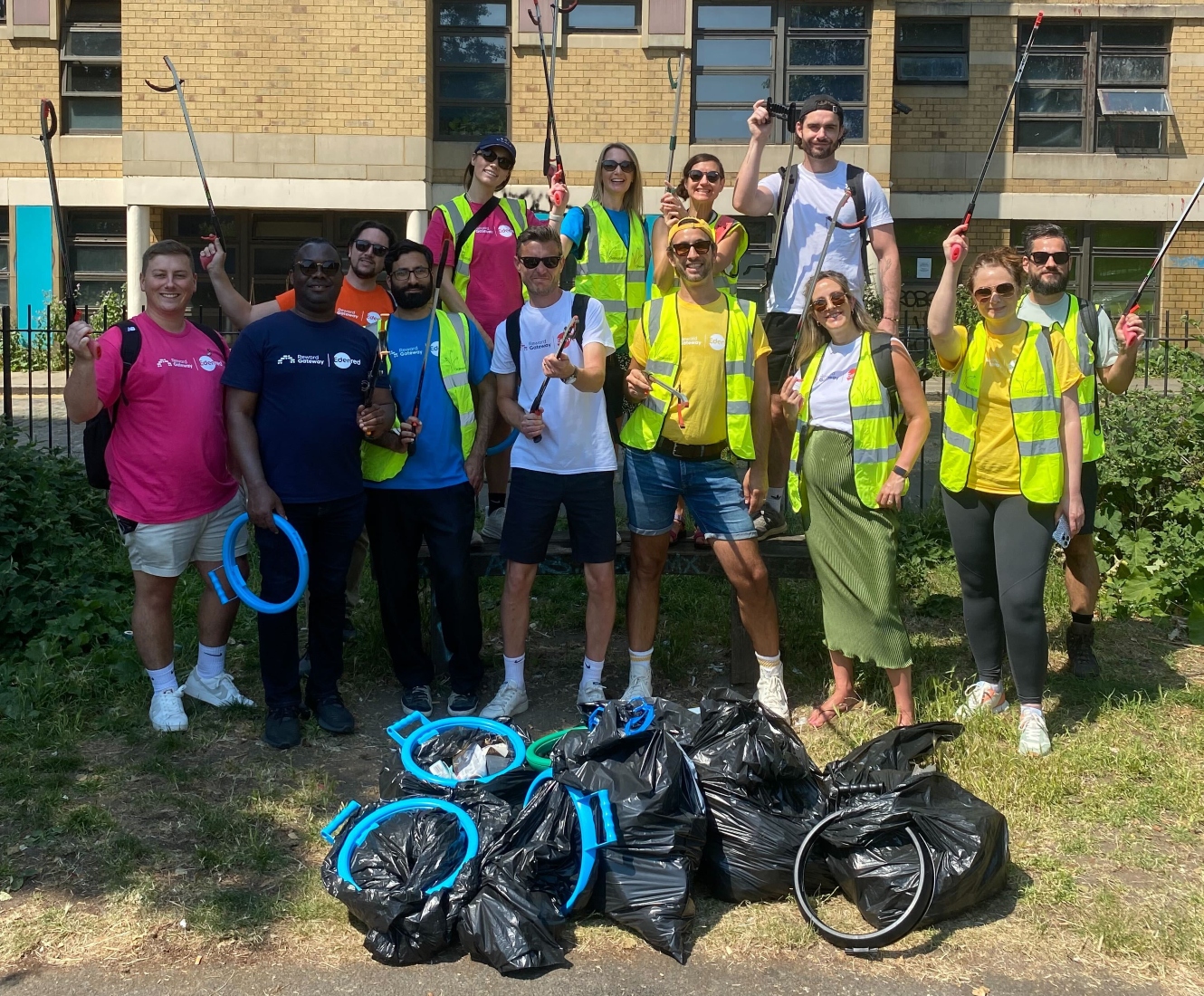A year since the cost-of-living crisis started, recognition is growing that organisations need to evolve from an emergency response to offer sustainable support. Five Edenred clients share what’s worked for them and their plans to embed financial wellbeing in their core people strategy.
A year on, it is clear that the cost-of-living crisis will continue to impact employees well into 2025. Food prices continue to soar, and employees are dealing with depleted savings and accumulated debt.
While supporting employees through the crisis continues to be a high priority for organisations, recognition is growing that it needs to evolve onto a sustainable footing.
This year, employers face multiple people challenges to retain skilled staff and increase productivity. Since both require high levels of motivation and engagement which can be undermined by poor financial health, it makes sense to embed financial wellbeing across the organisation’s core people objectives.
Five clients recently shared with us the financial wellness interventions they have found to be most effective and their plans to develop the organisation’s approach. Here’s a summary of key learning from that discussion.
What’s worked
The initial response was all about getting more money into employee’s pockets. Pay reviews and bringing forward annual pay increases enabled employers to offer a swift response in the early months. And a targeted approach linking increases to pay level enabled employers to help those disproportionably impacted by rising energy costs. As the crisis drags on it is clear that salary increases are not a long-term option.
Employers looked for other, non-pay options, to better employee’s financial position. Popular options included a review of employee benefits, salary sacrifice options, pre-paid cards to reduce food costs and paying travel costs for those required to be at a place of work. All proved a popular way to save money for employees and a low-cost option for employers.
Next employers focused on financial wellbeing. Typical offers included a mix of education to build money management skills and financial resilience, as well as support to help employees avoid or recover from financial distress. Here the key learning is to recognise the organisation does not have the resource or expertise to cover the full range of support. Partner with charities that specialise in financial advice and mental health support and offer an Employee Assistance Programme which provides employees with a wide range of counselling, legal and financial expertise.
Some clients set up a hardship fund as a safety net to catch employees in financial distress.
With all these initiatives, communication has been a key driver of successes. Most clients realised early on that employees were either not aware of existing support or not using it. Barriers to engagement included, employee inertia around financial education, resources that are hard for employees to access, due to the complex and lengthy way information is presented or the communication channel used.
This learning has informed our clients future finwell plans.
What next for Finwell?
Five key priorities are shaping client plans:
The first is the need for a structured, long-term plan and for this to align with the organisations other strategic people objectives. This means embedding Finwell into wellbeing, employee engagement, talent management and Employee Value Proposition, rather than badging it as a response to the cost-of-living crisis.
The second priority is to ensure that plan is segmented. Employees are impacted in different ways by financial commitments associated with age and stage of life as well as pay level. This means future finwell programmes need to offer tailored support rather than a one-size-fits all solution.
Aligned to this point, the third priority is to strengthen partnerships with credible charities that can provide mental health and expert financial advice.
The fourth priority is to ensure employee benefits and finwell support align to employee needs. Greater use will be made this year of employee forums, Trade Unions, thematic feedback from EAPs, sickness and absence data and pulse surveys to pick up on new and changing needs.
The final priority is to review communications in its widest sense. Rework educational resources into short, snappy pieces and push out through a variety of channels to ensure maximum engagement across all age demographics. Keep reminding employees of what’s on offer not just what’s new. Finally encourage senior leaders and managers to normalise taking about financial wellbeing.
The past year has shown that employees’ personal finances are now a business risk. In turn employers must evolve their response to support the organisation’s wider people strategy and ensure their EVP offer remains competitive.
The recording for our "Insights for HR to support employees through the cost-of-living crisis" business webinar panel discussion is now available. Click here to watch the recording.



